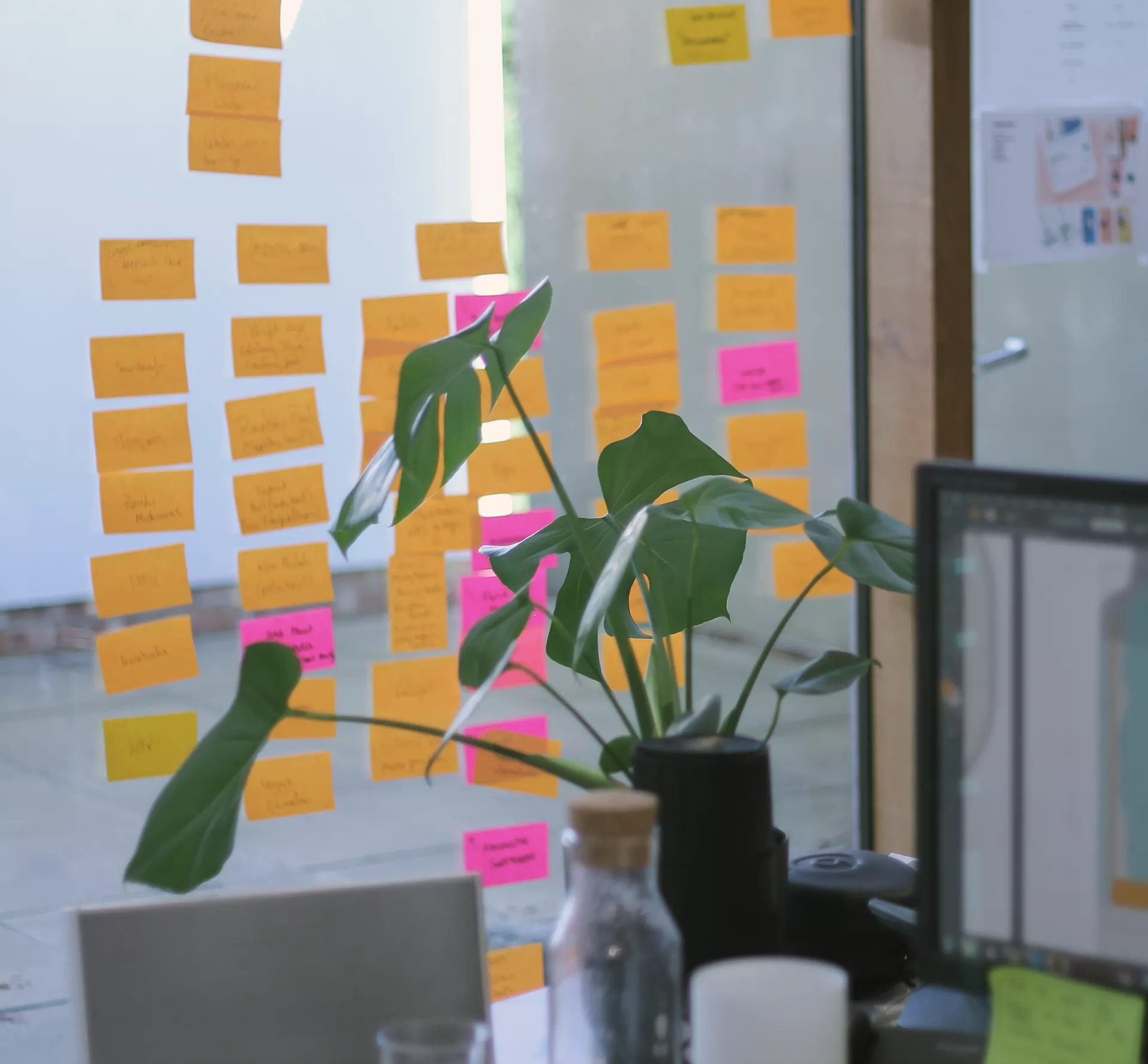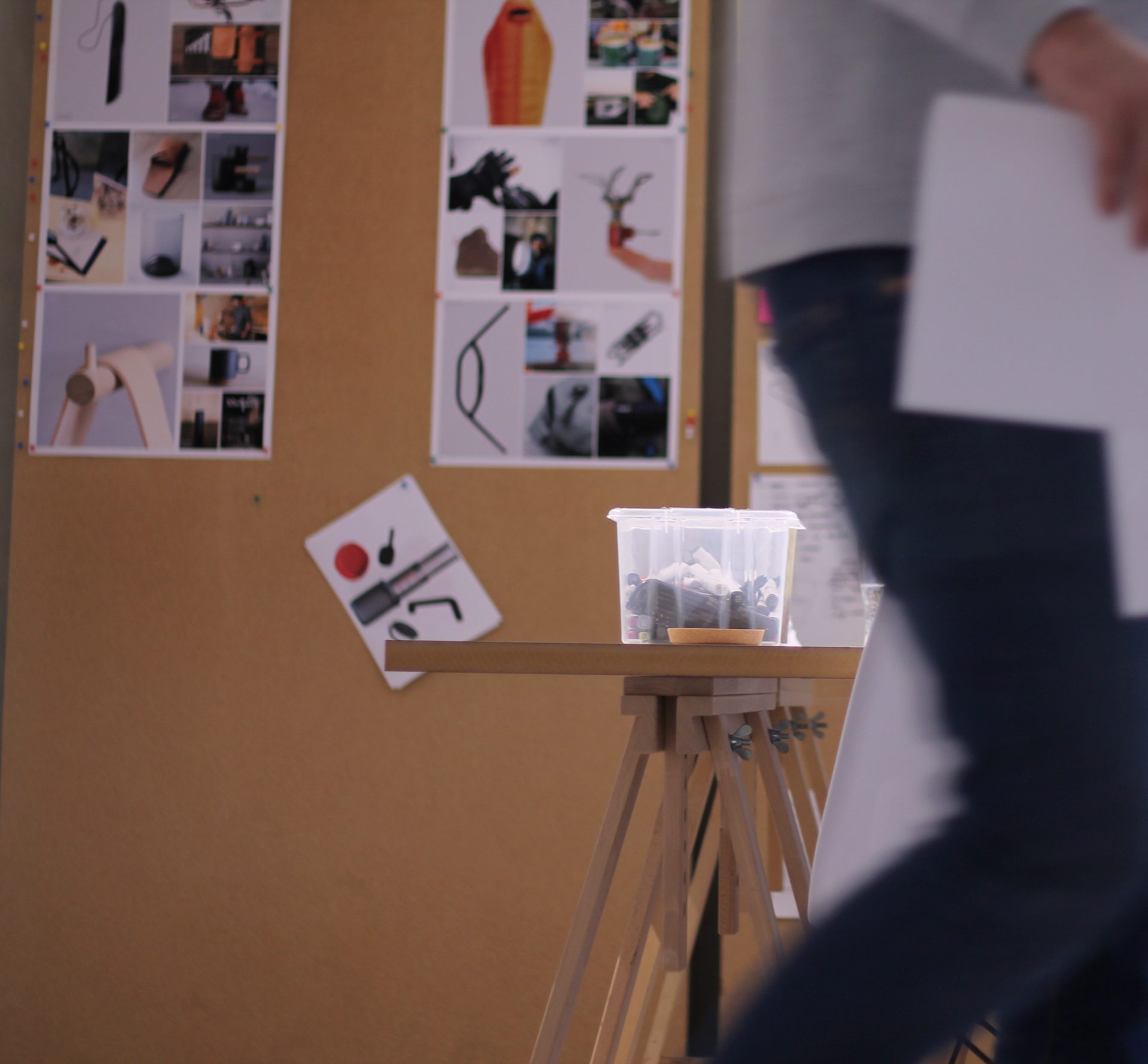Top tips to kickstart your Industrial Design career
We wanted to begin to create a body of helpful insights from within the industry aimed at helping young designers get ahead. So if you have recently graduated or are looking for that first internship or industrial placement read on. In this piece Dan reflects on his learnings from his time at Rodd.
Short on time? Try these links
Embarking on your industrial design career?
Welcome to a journey filled with innovation, creativity, and collaboration. Since graduating, I’ve had the opportunity to work on some amazing projects, deepen my skills and get a closer understanding of what success looks like in the design industry.
Now, I want to pass that on to you. Whether you’re fresh out of a product design program, finishing your studies or a career switcher, this guide will help you navigate the nuances of the design industry, embrace your place in a team, and hone your unique voice.
Embracing the engine room
Entering the design industry, one of the first challenges we all face is finding our place within a new team. From juniors to directors, individuals have different roles and responsibilities within a studio, so you’ll need to get to grips with the value you can add and take initiative.
In most cases, your first role will be high-volume, which means bringing as much as you can to the table every day, and understanding that not everything will hit the mark. Some ideas have legs; others will flop. That’s perfectly normal, and it’s all part of the process!
Think of yourself as the engine room of the studio, where raw energy is converted into creative power. Even the most accomplished designers began in a similar position. They had to learn, adapt, and grow to gain the confidence and accuracy that seem so effortless now.
Choosing the right environment (yes, you have a choice!)
As a recent design graduate, you’ll be eager to get that first foot on the career ladder and secure a strong starting salary. But in this industry, cultural fit makes all the difference. Finding a workplace that suits your passion and design philosophy is a vital part of your creative journey. After all, great ideas aren’t just born from solo genius; they’re nurtured by teams united by common goals.
Even if you can’t be extremely picky at the beginning of your career, set this connection with the right team as your long-term goal. The first desk that you place your houseplant might not be the one – and that’s okay, as long as you keep this vision in mind.
Think of it as more than just fitting into a role; it’s about finding your tribe, where your passions are echoed from the top brass right down to your fellow teammates. Seek out seasoned professionals, ask the hard questions, soak up their wisdom, and let it guide your way.
Mastering your craft
Embarking on a career in industrial design isn’t just about creative expression – it’s a multifaceted trade that calls for a blend of hard and soft skills, each honed to perfection. Those foundational first years are a golden opportunity to learn the tools of the trade – from program mastery and sketch work to actively participating in workshops and refining your design aesthetics.
But don’t overlook the soft skills—collaboration, communication, problem-solving – these are just as essential. Chat to your colleagues, engage with mentors and you’ll find your interpersonal skills improving.
This is also a good time to cultivate your unique voice as a designer. Experiment with various styles, learn from different design philosophies and hone your taste. This isn’t just about aesthetics; it’s about finding your perspective and carving out a niche.
Bringing it all together
Starting out in industrial design can be daunting. But don’t be discouraged – think of it as learning the ropes, both in handling the tools of the job and in understanding how a design team really clicks.
Remember, you’ll have a ton to bring to the table: fresh ideas, new energy, and a bit of that newbie determination. Sure, there will be hiccups along the way—projects that don’t pan out or team dynamics to navigate. But that’s all part of the game. Use these early experiences, good or bad, as your training ground. Lean on your colleagues, pick up tricks of the trade, and remember why you got into design in the first place.
Above all, try to embrace the challenges and keep that spark of curiosity burning.







